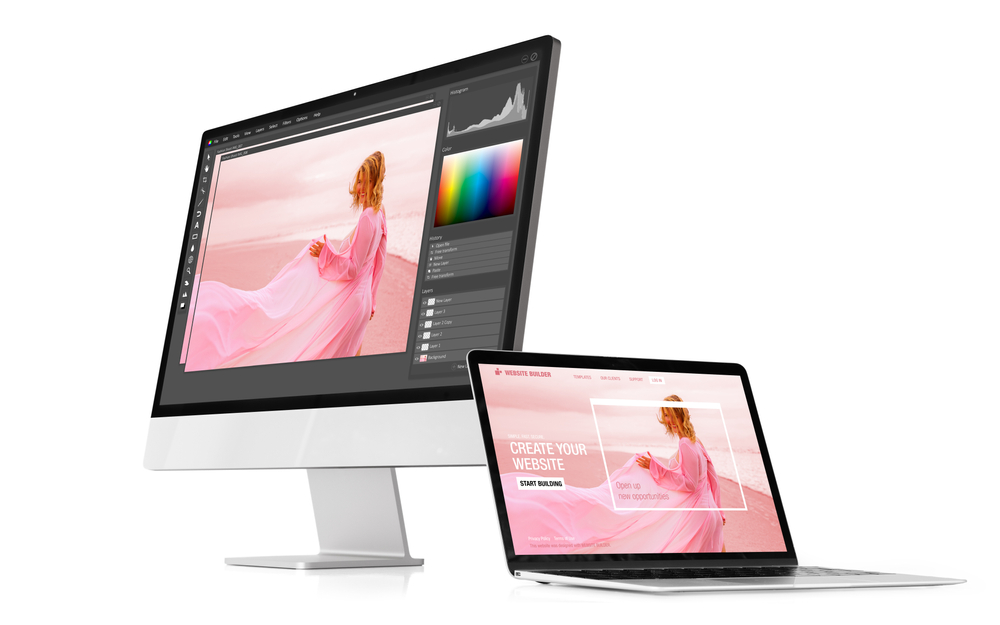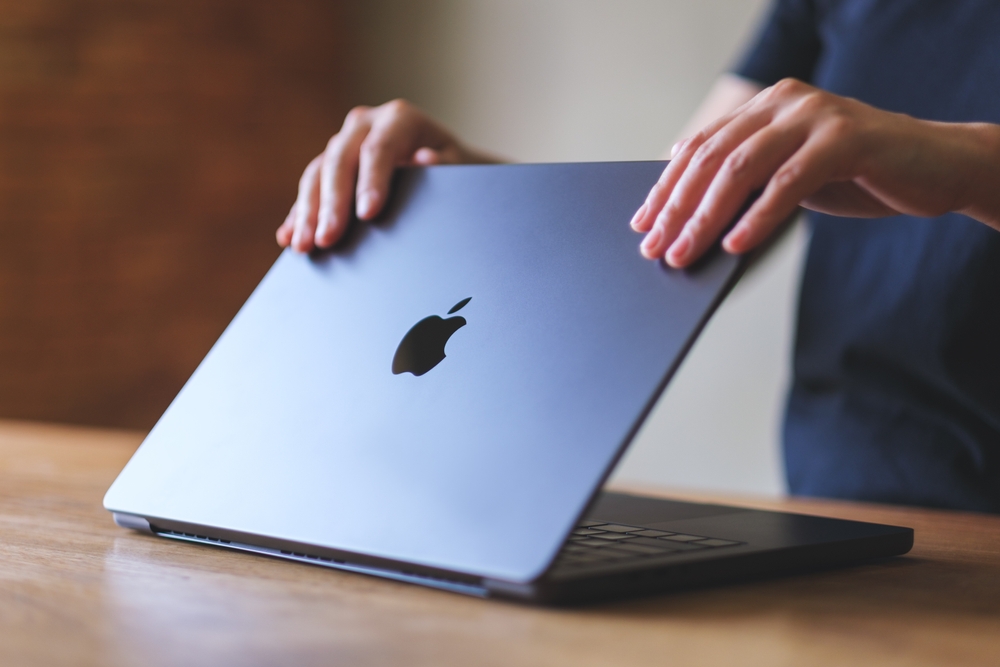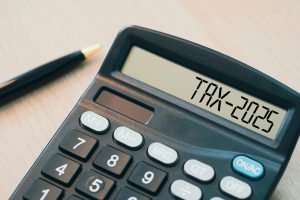When it’s time to upgrade your Apple device, trading in your old Mac often feels like the smart move. It’s fast, convenient, and it gives your device a second life while putting some cash—or credit—back in your pocket. But one thing that consistently surprises Mac owners is how trade-in values vary, sometimes dramatically. Why does one Mac fetch £500 while another, seemingly similar model, brings in less than half?
The answer lies in a complex blend of hardware specs, physical condition, market timing, and even user habits. Understanding these factors can help you set realistic expectations, avoid undervaluing your device, and maybe even squeeze out a little more from your next trade-in.
At first glance, the most obvious factor is age. The newer the Mac, the higher its value—generally speaking. A two-year-old MacBook Pro with Apple’s M1 chip will almost always earn more than a six-year-old Intel-based model. That’s because trade-in platforms and resellers focus on what’s currently in demand. Newer devices are more likely to support the latest versions of macOS, come with modern ports like USB-C, and have resale potential among buyers who want recent technology at a lower cost.
But age alone isn’t the full story. Two Macs from the same year can have wildly different values depending on their specifications. RAM and storage are two of the most influential specs. A MacBook with 16GB of RAM and a 1TB SSD will command more than one with 8GB of RAM and 256GB of storage—even if they’re identical in every other way. That’s because buyers often search for specific configurations, especially when purchasing refurbished models for video editing, programming, or design work.
The processor also matters, though perhaps not in the way most people think. With Apple’s transition from Intel chips to its own M1, M2, and now M3 series, there’s been a significant jump in performance and energy efficiency. Macs with Apple Silicon are more desirable, as they promise better battery life and future software compatibility. For example, if you’re trying to sell MacBook models released before 2020, especially those with Intel chips, you may notice their trade-in values are beginning to dip—no matter how pristine their condition might be.

Speaking of condition, cosmetic appearance plays a critical role in the valuation process. A Mac with dents, scratches, or screen blemishes is going to be worth less than a flawless one—even if it functions perfectly. Trade-in companies assess these defects carefully because aesthetics matter to secondhand buyers. That said, don’t assume that a slightly scuffed device is worthless. Some services still offer competitive rates for machines with cosmetic damage, especially if the internals are in good shape.
Keyboard and trackpad condition is another thing to watch. If your MacBook has a worn-out space bar or a sticky trackpad, expect that to affect its value. Likewise, screen damage—whether it’s dead pixels, delamination, or ghosting—can lead to reduced quotes or even rejection from certain platforms. Always check your display carefully under good lighting before submitting it for trade-in.
Battery health is another silent value killer. Over time, every lithium-ion battery degrades. If your Mac has been in use for several years, chances are the battery cycles are approaching the limit Apple sets for normal performance. Once it goes beyond that, replacement becomes necessary—and trade-in companies factor the cost of that repair into your quote. Fortunately, checking battery health is easy. On macOS, you can simply go to “About This Mac” → “System Report” → “Power” to see the cycle count and condition. If it reads “Service Recommended,” expect a lower valuation.
Then there’s the software factor. Is your Mac wiped clean and ready for resale? Have you signed out of iCloud and disabled Activation Lock? These may seem like small tasks, but neglecting them can delay your trade-in or even make your Mac unsellable. Devices that are locked to a user’s Apple ID are essentially bricks to buyers, and trade-in platforms are strict about this. Ensuring your Mac is properly prepared—fully erased, reset, and disconnected from your Apple account—makes the entire process smoother and more profitable.
Another invisible factor influencing your Mac’s trade-in value is market demand. Like any consumer product, Macs follow trends. Right before a new MacBook Pro is released, demand (and therefore trade-in value) for the outgoing model often dips. After all, why would someone pay top pound for a soon-to-be outdated machine? On the flip side, certain models develop a kind of cult status, like the 2015 MacBook Pro with its beloved keyboard and wide array of ports. For niche buyers, these machines retain value longer than expected.

The time of year can also affect pricing. Around back-to-school season or after major Apple events, trade-in prices fluctuate due to shifting inventory and changing buyer behaviour. If you’re not in a rush, consider waiting a few weeks for the market to stabilise. Some trade-in sites even offer price locks, allowing you to lock in your quote for several days while you prepare your device.
How you package and ship your Mac also matters. A well-protected laptop is more likely to pass inspection and earn the full quoted amount. If you’re sending it off to a trade-in company, use a sturdy box and sufficient padding. Better yet, some services provide prepaid shipping kits designed to protect your Mac in transit.
While all these factors matter, perhaps the most overlooked one is honesty. When you describe your Mac’s condition for an instant quote, resist the urge to exaggerate. It’s tempting to select “excellent” when it’s really just “good,” but doing so almost always results in a revised offer after inspection. Being upfront about minor flaws ensures that the quote you receive is accurate—and saves you the frustration of a downgraded payment.
Finally, keep in mind that trade-in value is only one part of the equation. Some platforms offer bank transfers, others offer store credit, and some even incentivise upgrades by offering higher values when you reinvest in new Apple gear. Decide what your end goal is: quick cash, an upgrade, or simply recycling responsibly.
Understanding what goes into your Mac’s valuation makes it easier to prepare, negotiate, and confidently complete a trade-in. From specs and condition to battery life and market timing, every element plays a role in shaping the final offer. With this knowledge, you can make smarter choices—whether you’re selling now, holding off for a better deal, or just keeping your Mac in top shape for a future trade.
Stay inspired with Ravish Magazine – the UK lifestyle magazine for adventurous minds and curious tastes.





